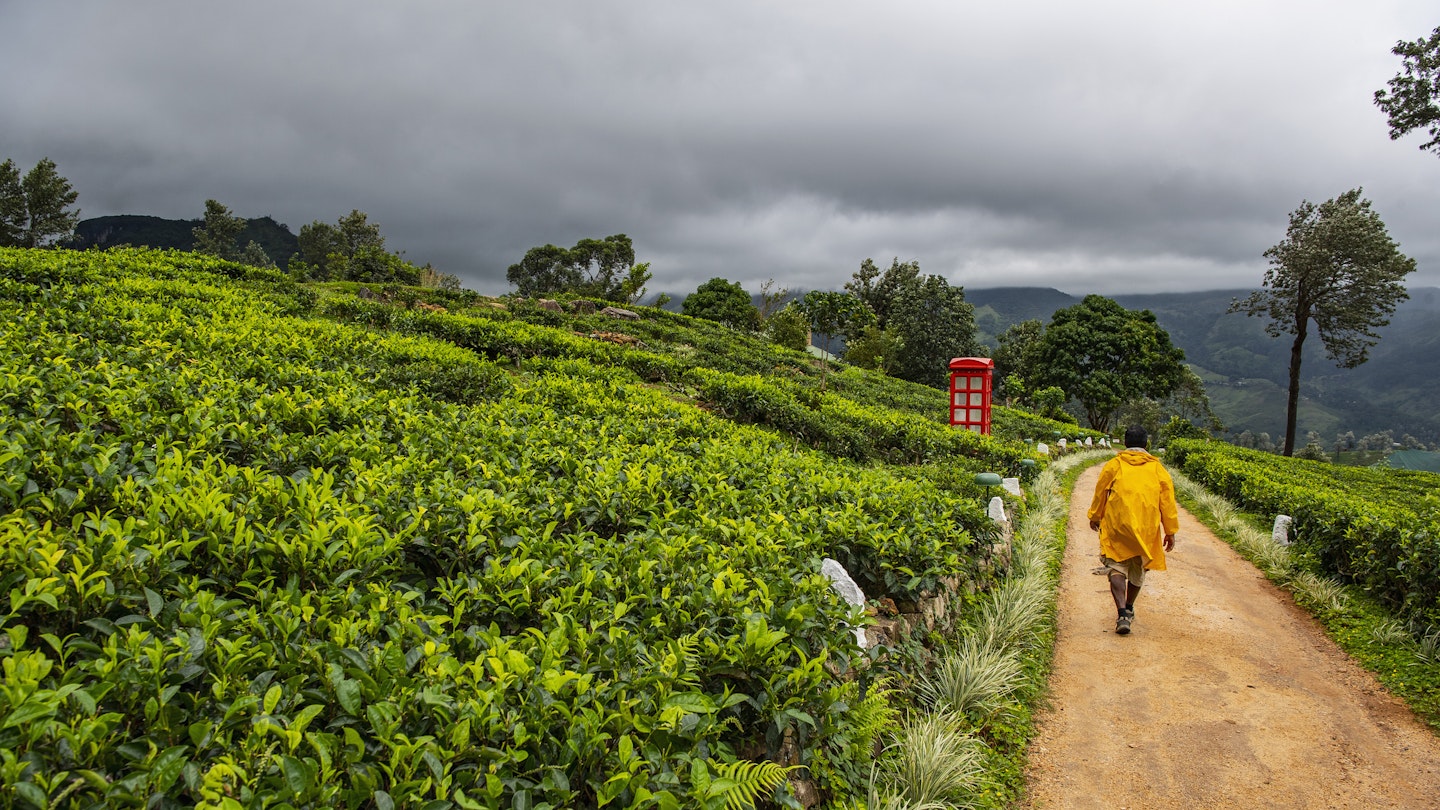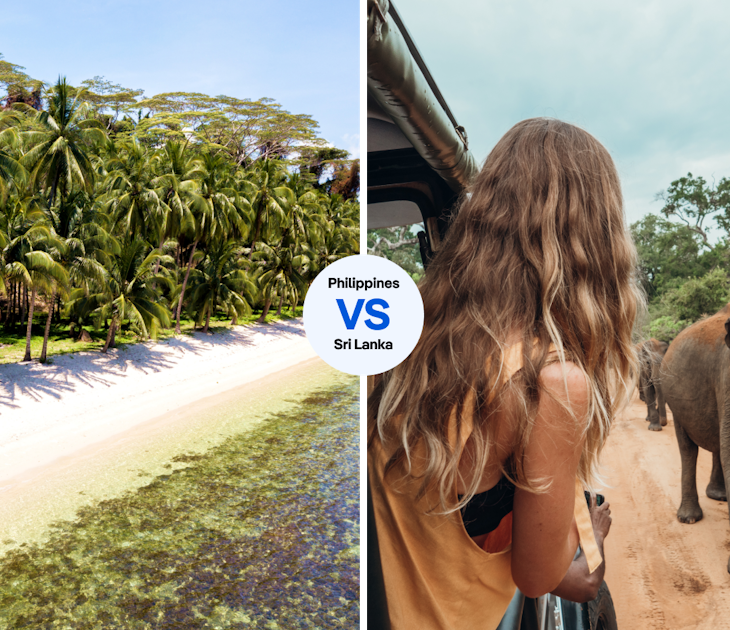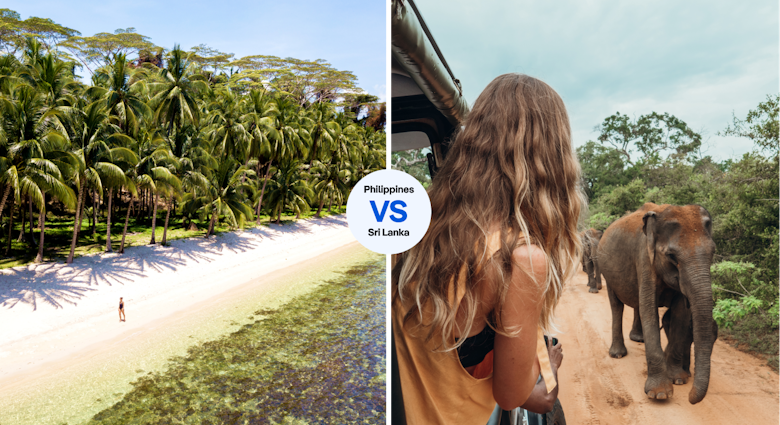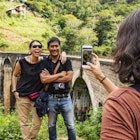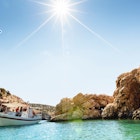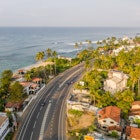Floating in tropical waters off the southern tip of India, Sri Lanka is defined by its gentle Buddhist culture, friendly people and laid-back way of life despite its troubled recent history.
A little knowledge goes a long way when it comes to having an easy trip to this Indian Ocean island. For such a small nation, Sri Lanka is hugely diverse. Surf-pounded coastlines rise to forested national parks, temple-studded plains and jungle-covered highlands - with the added perk that nowhere is that far from a beach.
Most visitors start on the coast and duck inland to tea gardens, ancient cities and national parks, but navigating Sri Lanka's frenetic public transport system and cultural sensitivities can be confusing for new arrivals. To help you out, here are some of the things you need to know before traveling to Sri Lanka.
1. Apply for a visa in advance
As a first step, check the latest visa requirements for Sri Lanka. Most nationalities need an Electronic Travel Authorization (ETA) in advance of travel, but fortunately, they're not hard to get.
2. Check your travel vaccinations
Sri Lanka is a tropical destination, so check with your doctor to make sure you're up to date with your travel vaccinations. Recommended vaccinations for Sri Lanka include diphtheria, tetanus, hepatitis A, hepatitis B and polio. Long stayers might also consider getting vaccinated against typhoid and rabies (although rare, rabies can be fatal, and it's carried by dogs, cats and monkeys in Sri Lanka).
3. Plan your trip according to the monsoons
Between May and September, the south coast and west coast of Sri Lanka are lashed by the southwest monsoon, which brings plenty of rainfall and choppy seas, while northern and eastern parts of the island are fine and dry. When the northeast monsoon hits Sri Lanka between November and March, the south and west are at their best, and it's the northern and eastern parts of Sri Lanka that see the showers.
In fact, monsoon rainfall in Sri Lanka is quite sporadic – expect short, sharp downpours interspersed with long, hot sunny spells. Traveling to different parts of Sri Lanka during their rainy "off-seasons" has its rewards – visitor numbers fall and hotel rates drop quite significantly.
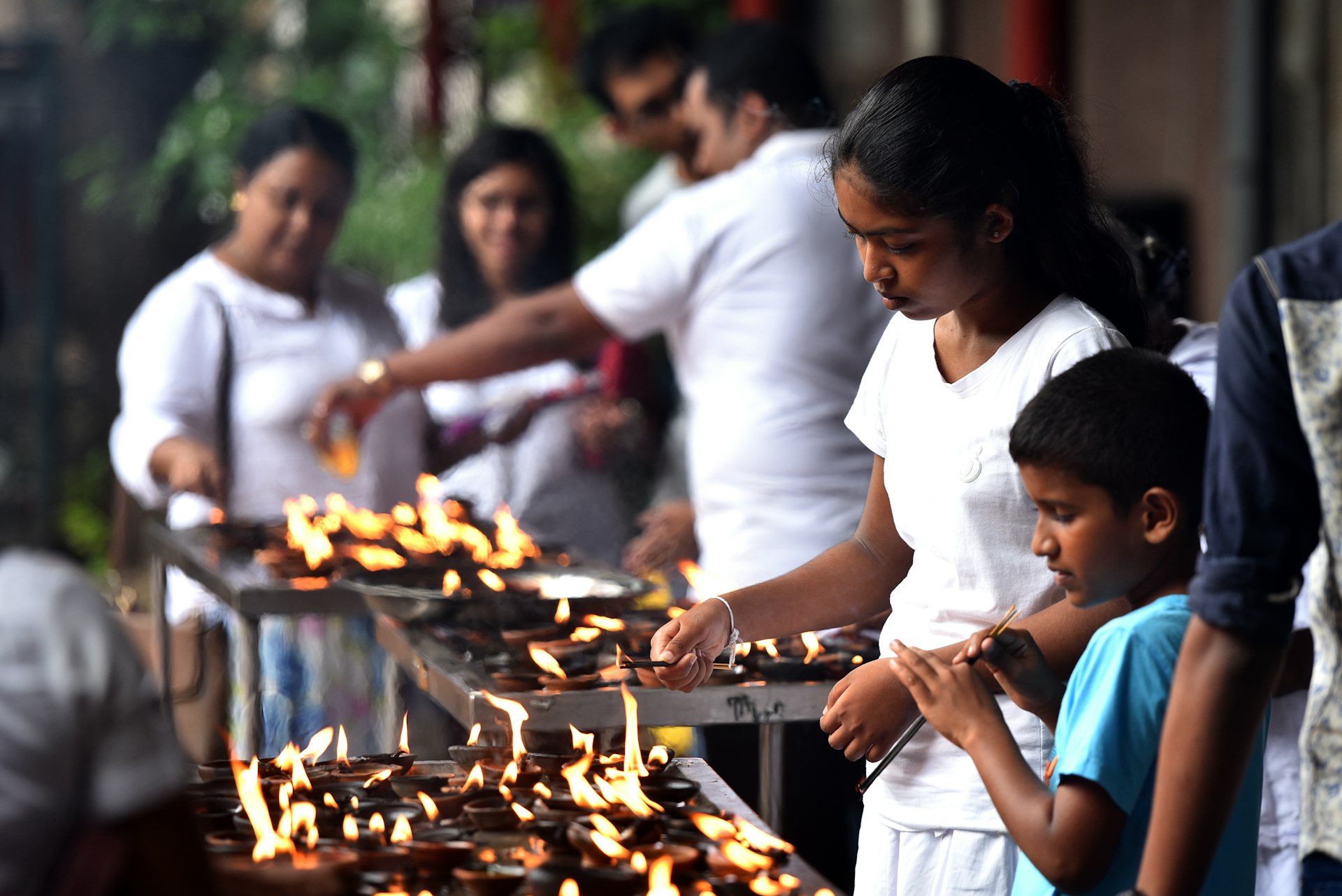
4. There's no alcohol for sale on full moon days and religious events
Sri Lanka has a huge number of bank holidays, and almost half of these are poya days, marking the arrival of the full moon, an auspicious event in Sri Lankan Buddhism. All poya days are dry days – alcohol is not sold in shops, restaurants or bars (though you can still access your hotel room’s minibar). The ban on alcohol also extends to other religious events such as the Buddhist festival of Vesak in May.
5. Carry cash: the currency is the Sri Lankan rupee
Stock up on rupees on arrival in Sri Lanka, not before, and don't change more than you need. Sri Lankan rupees are hard to exchange outside of Sri Lanka. ATMs are widespread all over the country – stick to Bank of Ceylon ATMs where possible as they don't charge a fee. Card machines are common in larger hotels, restaurants and tourist-oriented shops.
Try to build up a stash of lower denomination notes wherever possible (for example, withdraw LKR5900 rather than LKR6000). You'll need small bills to pay for tuk-tuks and buy things from local shops and markets and for tipping. Carrying some cash in dollars, euros or pounds sterling is also useful – all are widely accepted in tourist areas.
6. Be realistic about how much ground you can cover
It takes a surprising amount of time to travel around Sri Lanka thanks to winding routes and the limited number of roads crossing the interior of the island. Traffic also has to navigate a variety of hazards including badly surfaced roads and roaming wildlife (buffaloes, cows, feral dogs and even elephants). To do the island justice, don’t rush. You’ll need at least a month for a circuit of the island with detours to national parks, ancient cities and tea plantations inland.
Thanks to Sri Lanka’s improving expressway network, road travel from Colombo to southern towns such as Galle, Matara and Tangalla is fairly rapid. With its twisting, congested roads, the Hill Country is the most time-consuming region to navigate (consider taking trains to explore instead).
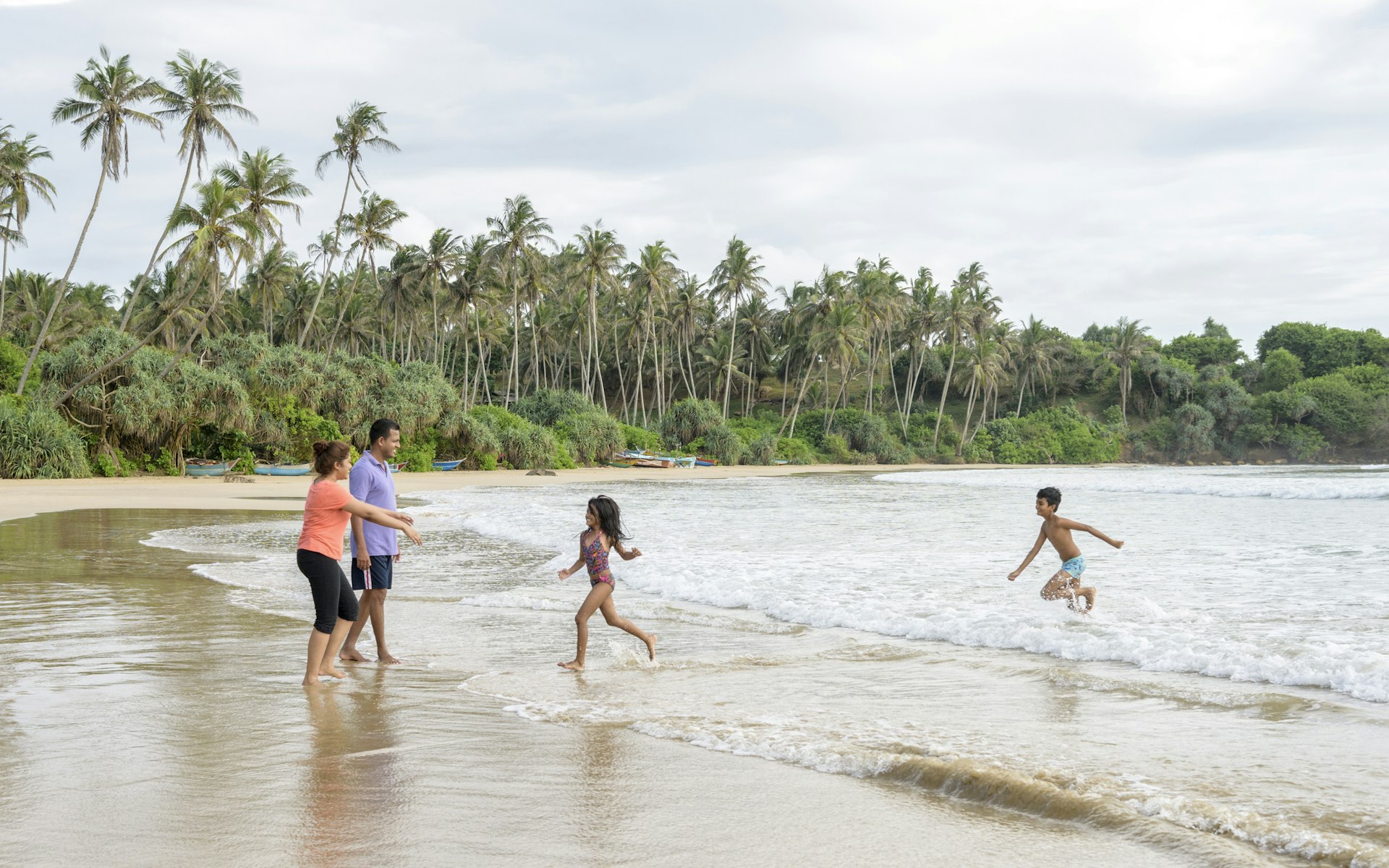
7. Pack the right gear for Sri Lanka’s hills and religious sites
Sri Lanka’s mountains reach elevations of over 2,000m (6,560ft) and temperatures are lower in the highlands than on the coast. Pack a light jumper for cooler nights and early morning starts (particularly between December and March). Also bring a sarong – you can use it as a beach blanket or towel, as a shawl or skirt to cover your shoulders or knees when visiting temples, and as a warm layer when traveling on air-conditioned buses or for pre-dawn safari jeep drives.
8. Plan ahead for the hill country trains
Sri Lanka Railways runs the nation's trains, including services on the spectacular Main Line, which slices east from Colombo through the island’s highest mountains, cloud forests and tea estates. It’s a stunning journey and hugely popular with tourists and locals alike, particularly the section between Kandy and Ella.
Book tickets in air-conditioned first class or fan-cooled second class well ahead to guarantee a seat, either in person at stations or online via booking sights such as 12GoAsia. Tickets are released 10 days prior and sell out quickly.
9. Swimwear is for the beach only
For the most part, Sri Lankans are socially conservative and deeply religious. Swimwear is fine for the beach, but not when wandering about town. Going nude or topless is not permitted on any Sri Lankan beaches.
10. Avoid public affection and disruptive behavior
Public displays of affection are frowned on, as is loud or brash behavior, and losing your temper in public (keep this in mind when haggling – this should never be an angry process).

11. Dress respectfully when visiting temples
When making trips to religious sites, wear clothing that covers the legs and upper arms and shoulders. Remove your shoes and headwear before entering any Buddhist or Hindu temple or mosque, even if the site is a historic ruin. Socks are allowed (and you'll need them on scorching hot sunny days).
Tourists are less common in Jaffna and the north where a distinct Sri Lankan Tamil Hindu culture predominates. Respect local etiquette when visiting Hindu temples – ask for permission before entering as non-Hindus are barred from entering some shrines. Some temples also require men to remove shirts and enter bare-chested (for example, Jaffna’s vast Nallur Kandaswamy Kovil).
12. Show respect to Buddha images
Sri Lankan Buddhists take depictions of the Buddha very seriously and these should always be treated with respect. People have been deported from Sri Lanka for displaying "disrespectful" Buddha images, so avoid wearing clothing with Buddha images and if you have tattoos of Buddhist iconography, keep these covered. The same rules apply to statues – posing for selfies with a Buddha statue is a definite no-no, as is turning your back toward a Buddha image.
13. Be considerate when taking photographs
When photographing people, always ask for permission first. Note that if you photograph the famous stilt fishers at Koggala, you may be asked for payment (genuine stilt fishers are a rare breed nowadays). Flash photography isn’t allowed in temples (nor in the vicinity of military sites) and taking photos may be banned entirely at some Hindu sites. If you are photographing temples, be careful not to stand with your back toward a Buddha statue while you are snapping.
14. Use your right hand to eat
Traditionally, Sri Lankans eat with their right hand, using the tips of their fingers to mix rice and curry into little balls, and their thumb to gently push the food into their mouths. You may be encouraged to try this if you are invited into a local home for a meal, but always wash your hands first for hygiene reasons. Avoid eating (or shaking hands) with your left hand as it is used for less sanitary tasks such as personal ablutions.
15. Tipping is customary
Tipping is a way of life in Sri Lanka and many restaurant workers rely on the extra income this practice brings. Most larger hotels and restaurants add a 10% tip as standard; use this as a guide for how much to tip in places that don’t.

16. Give wildlife space
In 2017, a British journalist died after being snatched by a crocodile at a lagoon near Arugam Bay. Such attacks are rare, but they happen so be vigilant in rivers and lagoons. Dangerous sharks are not a problem in Sri Lanka, but poisonous snakes are found in waterlogged areas on land such as paddy fields.
Keep a keen lookout for elephants on roads leading to national parks or when walking or driving in the hills. If you see one, keep your distance and be ready to back away. Never feed a wild elephant – this habituates elephants to associate humans with food and act aggressively.
17. Take standard safety precautions
Sri Lanka is one of the safest countries in Asia when it comes to petty crime. Violence against tourists is very rare, and theft and robberies are uncommon, though they do happen occasionally. As a precaution, wear a money belt and use your hotel safe.
Female travelers should avoid traveling alone at night, particularly on public transport, and take care walking alone on empty beaches. Given Sri Lanka’s conservative culture, long sleeves and dresses are culturally appropriate and will reduce the chance of being harassed.
18. Do not drink the tap water
Sri Lanka's tap water could theoretically be used for brushing your teeth but we don't recommend it, and it's certainly not safe for drinking. Bottled water is plentiful and better hotels provide clean drinking water for guests. If you do buy bottled water, check that the seal is intact and look for the Sri Lanka standards certification mark. Always dispose of empty bottles responsibly – filling your own drinking water bottle from a large bottle is better than buying lots of small plastic bottles.
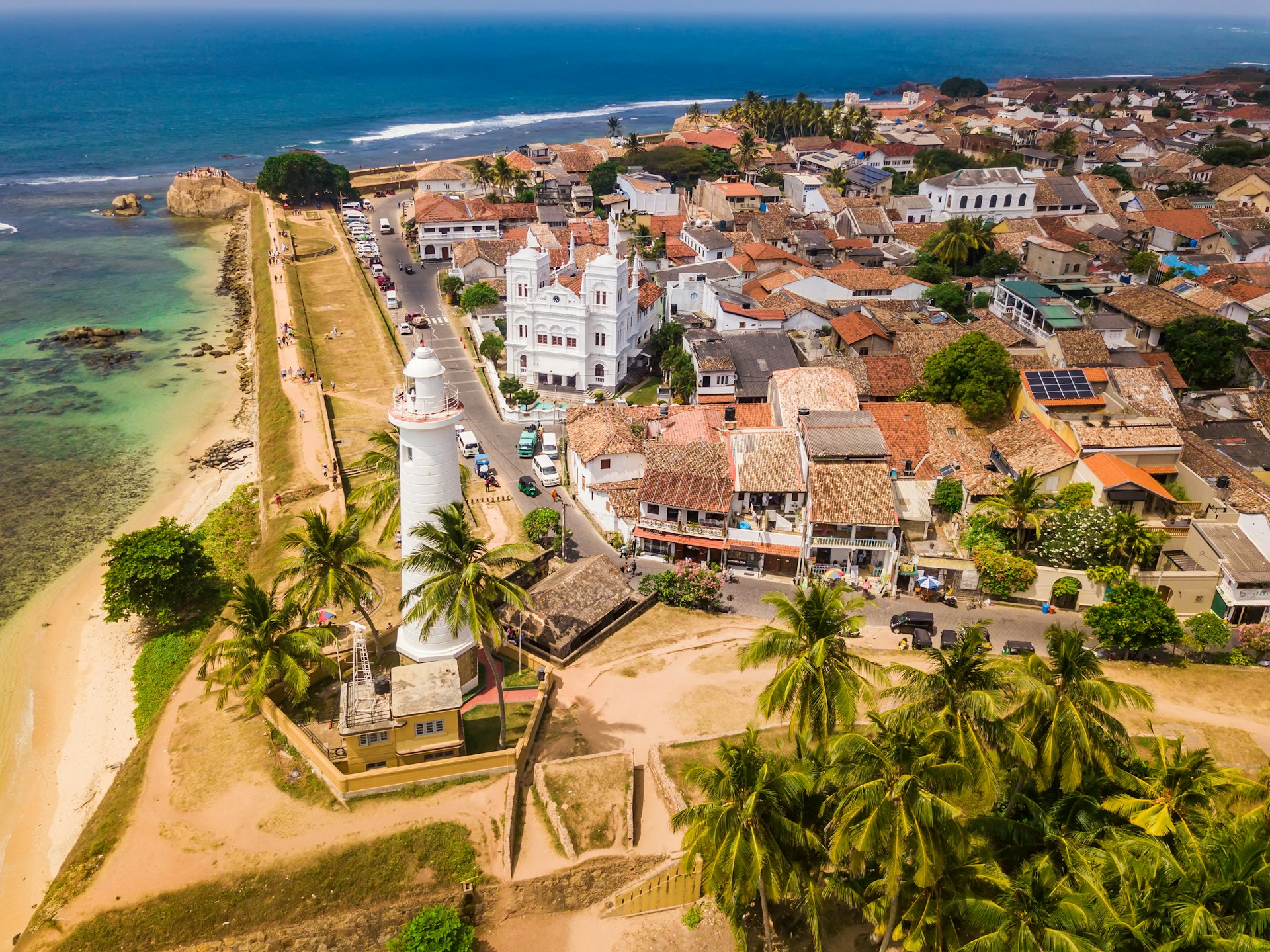
19. Beware of scams and pickpockets
Scammers are active in Galle Fort, Kandy and Colombo’s Galle Face Green, looking for tourists to cheat or charm out of money. Never buy gems hawked on the street – they will almost certainly be convincing fakes made from colored glass – and be dubious of any shop trying to sell you gems to "sell at a profit back home." Seek out information from official tourist offices and directly from operators rather than trusting agents, particularly if they seek you out first.
Keep your money and valuables out of sight when on busy trains and buses, and when exploring crowded areas streets such as Colombo’s Pettah market district. Tuk-tuks have a habit of overcharging tourists – ask drivers to use the meter (and take another tuk-tuk if they refuse), or order a ride via Uber or local app, PickMe.
20. Protect yourself against mosquitoes
Mosquito bites are one of the biggest health concerns in Sri Lanka. Although malaria has been eliminated, mosquitoes can carry debilitating dengue fever, a painful illness that can have serious side effects. No vaccinations are available for dengue and treatment can only reduce symptoms. Protect yourself by covering up at dawn and dusk, sleeping under a mosquito net and wearing strong repellent containing high levels of DEET (diethyltoluamide).
21. Be road-safe in Sri Lanka
Traffic is one of the biggest dangers facing visitors to Sri Lanka. Accidents involving motorcycles and lorries are common, and bus collisions – often involving pedestrians – are also a problem. Common causes of accidents include dangerous overtaking, overloading and pulling in suddenly to pick up passengers on the roadside.
Private bus company drivers tend to drive more recklessly than their government-run, SLTB counterparts. Don’t expect vehicles to stop at pedestrian crossings and keep your wits about you when walking beside any roads (sidewalks are rare in Sri Lanka).

22. Never underestimate the ocean
Sri Lanka's beaches may be idyllic, but there are few lifeguards and strong currents are a danger (particularly during the monsoon seasons). Many beaches shelve steeply and drowning is the second most common cause of death among tourists after road accidents. Seek local advice before swimming in unfamiliar water.
23. Natural disasters are a risk
Sri Lanka was one of the countries worst affected by the 2004 Indian Ocean tsunami, which swept away more than 35,000 people and devastated many coastal areas. Following the disaster, early warning systems have been put in place in major towns and resorts, but not in rural, isolated areas, so be alert to signs of earthquakes and tsunamis.
The most common natural disaster in Sri Lanka is localized flooding during the southwest and northeast monsoons, which can cause landslides in highland areas. Sri Lanka is also vulnerable to tropical cyclones and periods of drought. For up-to-date weather warnings and situation reports, bookmark the country’s Disaster Management Center website.

